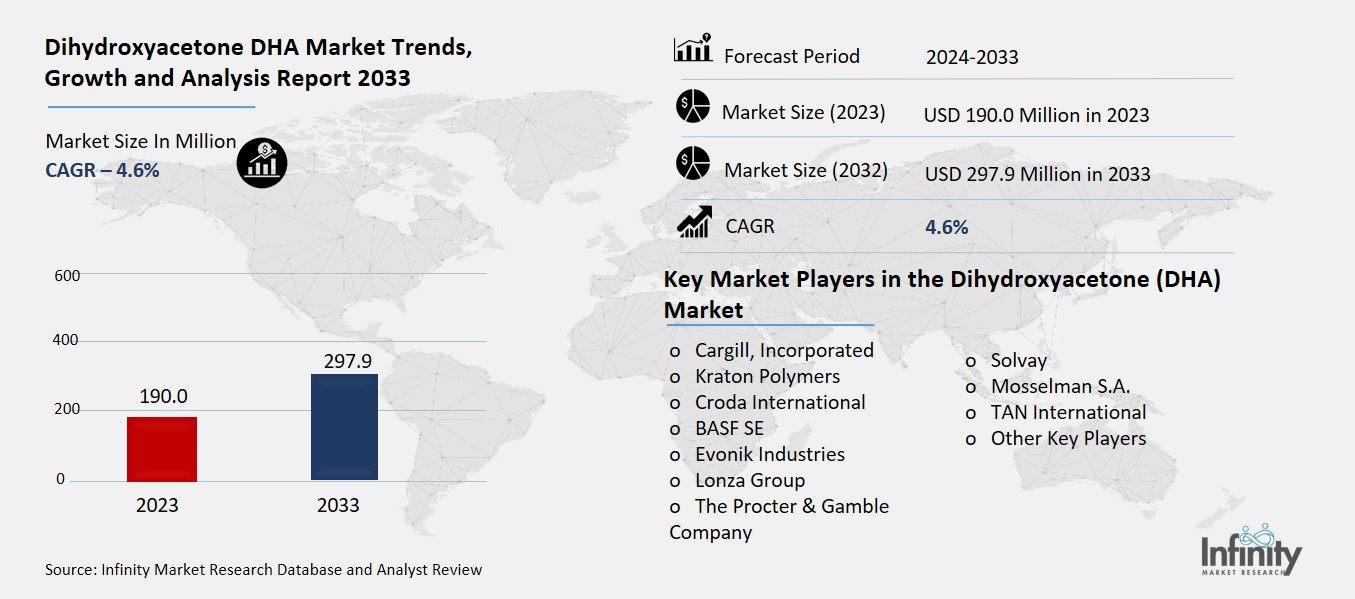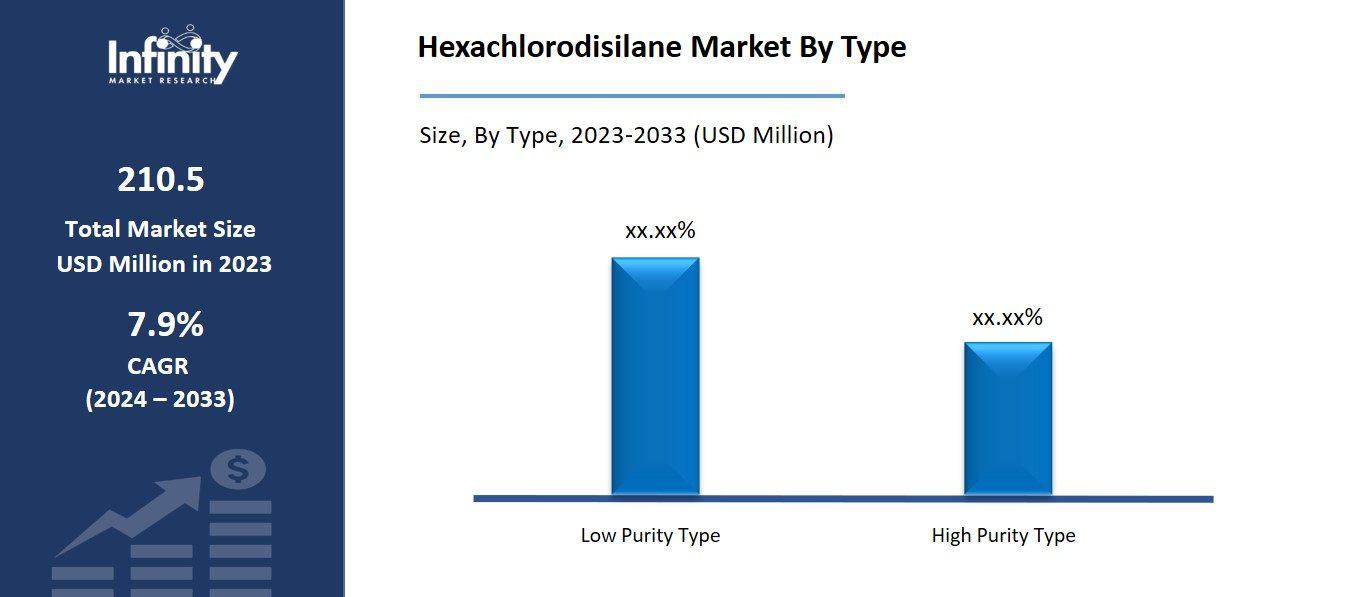
🔐 Secure Payment Guaranteed
Safe checkout with trusted global payment methods.
🌟 Why Choose Infinity Market Research?
At Infinity Market Research, we dont just deliver data — we deliver clarity, confidence, and competitive edge.
In a world driven by insights, we help businesses unlock the infinite potential of informed decisions.
Here why global brands, startups, and decision-makers choose us:
Industry-Centric Expertise
With deep domain knowledge across sectors — from healthcare and technology to manufacturing and consumer goods — our team delivers insights that matter.
Custom Research, Not Cookie-Cutter Reports
Every business is unique, and so are its challenges. Thats why we tailor our research to your specific goals, offering solutions that are actionable, relevant, and reliable.
Data You Can Trust
Our research methodology is rigorous, transparent, and validated at every step. We believe in delivering not just numbers, but numbers that drive real impact.
Client-Centric Approach
Your success is our priority. From first contact to final delivery, our team is responsive, collaborative, and committed to your goals — because you re more than a client; you re a partner.
Recent Reports
Global Myopia Control Lenses Market Report 2025-33
Hyaluronic Acid-based Dermal Fillers Market Report
Dihydroxyacetone (DHA) Market
Global Dihydroxyacetone (DHA) Market (By Type, Above 99% and Above 98%; By Application, Food, Cosmetics, Pharmaceuticals, and Other Applications; By Region and Companies), 2024-2033
Jun 2025
Chemicals and Materials
Pages: 138
ID: IMR2074
Dihydroxyacetone (DHA) Market Overview
Global Dihydroxyacetone (DHA) Market acquired the significant revenue of 190.0 Million in 2023 and expected to be worth around USD 297.9 Million by 2033 with the CAGR of 4.6% during the forecast period of 2024 to 2033. DHA is a significant cosmeceutical segment of the global cosmetic and personal care market motivated by the increasing need for tanning products. DHA is a simple sugar also known as dihydroxyacetone used in self-tanning products, owing to its property of interaction with amino acids in the skin to produce a temporary brown stain, without using UV light.

The market is also growing because people are becoming more aware of the dangers of UV rays and are looking for a better way to tan. It is soluble in oils, alcohols and is used in lotion, sprays, and gels, the compound is also useful in cosmetics, pharmaceuticals, and is used as a colorant for foods. These manufacturers are constantly modifying their market offerings, striving for increase in DHA’s effectiveness, steadiness and skin tolerance. With the increase in consumption of organic and natural products, particularly the use of DHA derived from renewable resources, its market has a high potential.
Drivers for the Dihydroxyacetone (DHA) Market
Rising Demand for Sunless Tanning Products
The increasing awareness of the harmful effects of UV rays has significantly driven the demand for DHA-based sunless tanning solutions. Over the years, growing concerns about skin cancer, premature aging, and other skin-related issues caused by excessive UV exposure have led to a shift in consumer behavior. As people become more informed about the risks of prolonged sunbathing and tanning beds, they are seeking safer alternatives to achieve a tan without exposing their skin to harmful radiation.
Dihydroxyacetone (DHA), a key ingredient in sunless tanning products, provides a safe solution by reacting with the amino acids in the skin to create a tan without UV light. This shift in consumer preference toward DHA-based products reflects a broader trend in the beauty and skincare industry, where consumers prioritize health-conscious, effective, and non-harmful solutions. As a result, the demand for DHA-based tanning lotions, sprays, and gels has surged, particularly among those who want to enjoy a sun-kissed look without compromising their skin’s health.
Restraints for the Dihydroxyacetone (DHA) Market
Potential Skin Sensitivity and Irritation
The growth in knowledge of the potential negative impacts of UV light has been a leading cause of the rise in the usage of DHA in sunless tanning products. Different consumers have shifted their behavior over the years due to the repercussions of liberate uv exposure; including skin cancer, early aging, and other skin complications. As the public gets more aware of the negative effects inherent to sunbathing and tanning beds, the demand for a healthy and natural tan rises.
Such products as the dihydroxyacetone or DHA in sunless tanning products is safe as it does not use ultra violet light to tan the skin through interaction with the amino acids in the skin. In terms of the change in consumer attitude, more consumers tend to shift from consuming product containing omega-3 to DHA-based products which indicates the common trend in the beauty and skincare market which consumers seek healthy, effective and non-harmful solutions. Hence, the DHA based tanning lotions, sprayed tan and gel are widely preferred by those who aspire to get the natural tan without worsening their skin conditions.
Opportunity in the Dihydroxyacetone (DHA) Market
Growing Demand for Organic and Eco-friendly Products
With the growing consumer preference for organic and sustainable beauty products, there is a significant opportunity to develop Dihydroxyacetone (DHA) from renewable sources and position it as an eco-friendly ingredient. As more consumers demand products that are not only effective but also environmentally conscious, manufacturers are increasingly focused on sourcing ingredients from sustainable and renewable resources. DHA, traditionally derived from sugar beets or other agricultural products, can be produced through processes that minimize environmental impact. By promoting DHA sourced from sustainable crops or through green chemistry processes, companies can tap into the expanding market of eco-conscious consumers who prioritize sustainability in their purchasing decisions.
Trends for the Dihydroxyacetone (DHA) Market
Personalization of Sunless Tanning Products
Customizable DHA-based tanning products tailored to different skin types and tones are gaining significant popularity as consumers seek more personalized and inclusive beauty solutions. Traditional sunless tanning products often offered a one-size-fits-all approach, which could sometimes result in unnatural or uneven tans. However, as consumer awareness about the need for products suited to various skin tones and types increases, brands are responding by creating DHA-based formulations that can be customized for a wider range of skin tones. These products allow consumers to achieve a more natural, even tan that complements their individual skin color, ensuring a more personalized and flattering result. Additionally, advancements in DHA technology have enabled the development of products that cater to different skin types, such as sensitive skin, dry skin, or oily skin, further enhancing their appeal.
Segments Covered in the Report
By Type
o Above 99%
o Above 98%
By Application
o Food
o Cosmetics
o Pharmaceuticals
o Other Applications
Segment Analysis
By Type Analysis
On the basis of type, the market is divided into above 99% and above 98%. Among these, above 99% segment acquired the significant share in the market owing to the higher purity and effectiveness of DHA at this concentration, which is crucial for achieving the desired tan in cosmetic face serum applications. Products with DHA concentrations above 99% tend to provide more consistent and natural-looking results, which appeals to consumers seeking high-quality, premium sunless tanning solutions. The demand for higher-purity DHA is also driven by the growing focus on product efficacy, safety, and consumer preference for professional-grade formulations.

By Application Analysis
On the basis of application, the market is divided into food, cosmetics, pharmaceuticals, and other applications. Among these, cosmetics segment held the prominent share of the market due to the increasing consumer demand for sunless tanning products, which are widely used in the cosmetics industry. DHA is a key ingredient in self-tanning lotions, sprays, and gels, offering a safe alternative to UV exposure while providing a natural-looking tan. As awareness of the harmful effects of UV radiation grows, consumers are increasingly turning to DHA-based products to achieve a tan without risking skin damage or premature aging.
Regional Analysis
North America Dominated the Market with the Highest Revenue Share
North America held the most of the share of 32.2% of the market. The region's well-established beauty and personal care industry, particularly in the United States, where consumer demand for sunless tanning products is high. Increasing awareness about the harmful effects of UV radiation and the growing popularity of self-tanning solutions have led to a strong market for DHA-based cosmetics, especially in the form of lotions, sprays, and gels.
North America has a significant consumer base that values premium and high-quality skincare products, driving demand for DHA-based solutions. The region also has a high level of innovation in the cosmetics sector, with brands continuously improving DHA formulations to meet the needs of various skin types and preferences. Furthermore, North American consumers are increasingly shifting towards safer, more natural alternatives to UV exposure, further bolstering the growth of DHA-based products in this market.
Competitive Analysis
The Dihydroxyacetone (DHA) market is highly competitive, with several key players striving to capture market share through innovation, product quality, and sustainability. Leading companies such as Cargill, Croda International, BASF, and Evonik Industries dominate the market by offering high-purity DHA used in cosmetics, food, and pharmaceutical applications. These players focus on expanding their product portfolios to meet the growing demand for natural and safe alternatives to UV exposure, particularly in the cosmetics sector, which is the largest application of DHA.
Recent Developments
In October 24, 2024, the UK's Scientific Advisory Group on Chemical Safety in Consumer Products (SAG-CS) published its opinion on DHA, concluding that it is safe for adult use in specific concentrations across various cosmetic products.
Key Market Players in the Dihydroxyacetone (DHA) Market
o Cargill, Incorporated
o Kraton Polymers
o Croda International
o BASF SE
o Evonik Industries
o Lonza Group
o The Procter & Gamble Company
o Solvay
o TAN International
o Other Key Players
|
Report Features |
Description |
|
Market Size 2023 |
USD 190.0 Million |
|
Market Size 2033 |
USD 297.9 Million |
|
Compound Annual Growth Rate (CAGR) |
4.6% (2023-2033) |
|
Base Year |
2023 |
|
Market Forecast Period |
2024-2033 |
|
Historical Data |
2019-2022 |
|
Market Forecast Units |
Value (USD Million) |
|
Report Coverage |
Revenue Forecast, Market Competitive Landscape, Growth Factors, and Trends |
|
Segments Covered |
By Type, Application, and Region |
|
Geographies Covered |
North America, Europe, Asia Pacific, and the Rest of the World |
|
Countries Covered |
The U.S., Canada, Germany, France, U.K, Italy, Spain, China, Japan, India, Australia, South Korea, and Brazil |
|
Key Companies Profiled |
Cargill, Incorporated, Kraton Polymers, Croda International, BASF SE, Evonik Industries, Lonza Group, The Procter & Gamble Company, Solvay, Mosselman S.A., TAN International, and Other Key Players. |
|
Key Market Opportunities |
Growing Demand for Organic and Eco-friendly Products |
|
Key Market Dynamics |
Rising Demand for Sunless Tanning Products |
📘 Frequently Asked Questions
1. Who are the key players in the Dihydroxyacetone (DHA) Market?
Answer: Cargill, Incorporated, Kraton Polymers, Croda International, BASF SE, Evonik Industries, Lonza Group, The Procter & Gamble Company, Solvay, Mosselman S.A., TAN International, and Other Key Players.
2. How much is the Dihydroxyacetone (DHA) Market in 2023?
Answer: The Dihydroxyacetone (DHA) Market size was valued at USD 190.0 Million in 2023.
3. What would be the forecast period in the Dihydroxyacetone (DHA) Market?
Answer: The forecast period in the Dihydroxyacetone (DHA) Market report is 2023-2033.
4. What is the growth rate of the Dihydroxyacetone (DHA) Market?
Answer: Dihydroxyacetone (DHA) Market is growing at a CAGR of 4.6% during the forecast period, from 2023 to 2033.


🔐 Secure Payment Guaranteed
Safe checkout with trusted global payment methods.
🌟 Why Choose Infinity Market Research?
- Accurate & Verified Data:Our insights are trusted by global brands and Fortune 500 companies.
- Complete Transparency:No hidden fees, locked content, or misleading claims — ever.
- 24/7 Analyst Support:Our expert team is always available to help you make smarter decisions.
- Instant Savings:Enjoy a flat $1000 OFF on every report.
- Fast & Reliable Delivery:Get your report delivered within 5 working days, guaranteed.
- Tailored Insights:Customized research that fits your industry and specific goals.




